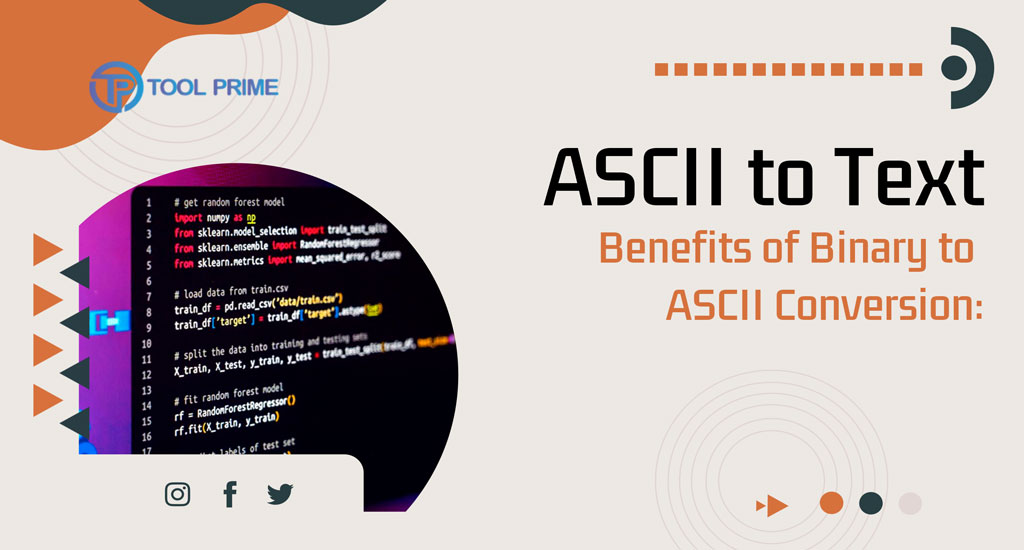Demystifying Binary to ASCII Conversion: A Comprehensive Guide
 Advertisement
Advertisement
Introduction
In the realm of computer science, binary code serves as the fundamental language that computers
understand. While humans typically communicate using letters, numbers, and symbols, computers rely
on a binary system comprised of 0s and 1s. The Binary to ASCII conversion process is a crucial aspect of
translating these binary strings into human-readable text. This comprehensive guide aims to demystify
the intricacies of Binary to ASCII conversion, shedding light on its significance and providing a step-bystep walkthrough.
Understanding Binary Code
Binary code is the language of computers, representing data using only two digits, 0 and 1. Each binary
digit, or bit, corresponds to a power of 2, making it the foundation for encoding information in the digital
world. While computers process and store data in binary, humans often find it challenging to interpret
binary strings directly.
ASCII Encoding
The American Standard Code for Information Interchange (ASCII) is a character encoding standard that
assigns unique numeric values to characters. This standard facilitates the representation of text and
control characters in computers, allowing for seamless communication across different systems.
Binary to ASCII Conversion Process
- Binary Input: Begin the conversion process by obtaining the binary code that needs to be translated into ASCII. This binary input could represent anything from a simple character to a more complex sequence of characters.
- Grouping Binary Digits: In ASCII encoding, characters are typically represented by 8 bits, forming a byte. If the binary input does not already consist of 8-bit groups, pad it with leading zeros to ensure each group has exactly 8 bits.
- Decimal Conversion: Convert each 8-bit binary group into its decimal equivalent. This involves multiplying each bit by the corresponding power of 2 and summing the results.
- ASCII Lookup: Match each decimal value obtained in the previous step to its corresponding ASCII
character using an ASCII table. This table maps each decimal value to a specific character, such as
letters, numbers, and symbols. - Reconstruction: Assemble the ASCII characters obtained from the lookup into a coherent sequence. This sequence represents the human-readable text derived from the original binary input.
Practical Example
Let's take a practical example to illustrate the Binary to ASCII conversion process.
Consider the binary string "01001000 01100101 01101100 01101100 01101111" which represents the word "Hello" in ASCII.
Group the binary digits into 8-bit segments: "01001000 01100101 01101100 01101100 01101111"
Convert each 8-bit segment to decimal: 72 101 108 108 111
Use an ASCII table to look up the corresponding characters: "H e l l o"
Conclusion
Demystifying Binary to ASCII conversion is essential for understanding how computers translate binary data into human-readable text. This process plays a pivotal role in various applications, from data transmission to programming. By breaking down the steps involved in this conversion, individuals can gain a deeper insight into the intricacies of digital communication and enhance their understanding of the fundamental principles that underpin modern computing. As technology continues to evolve, a solid grasp of binary and ASCII conversion remains a valuable skill for anyone venturing into the world of computer science.